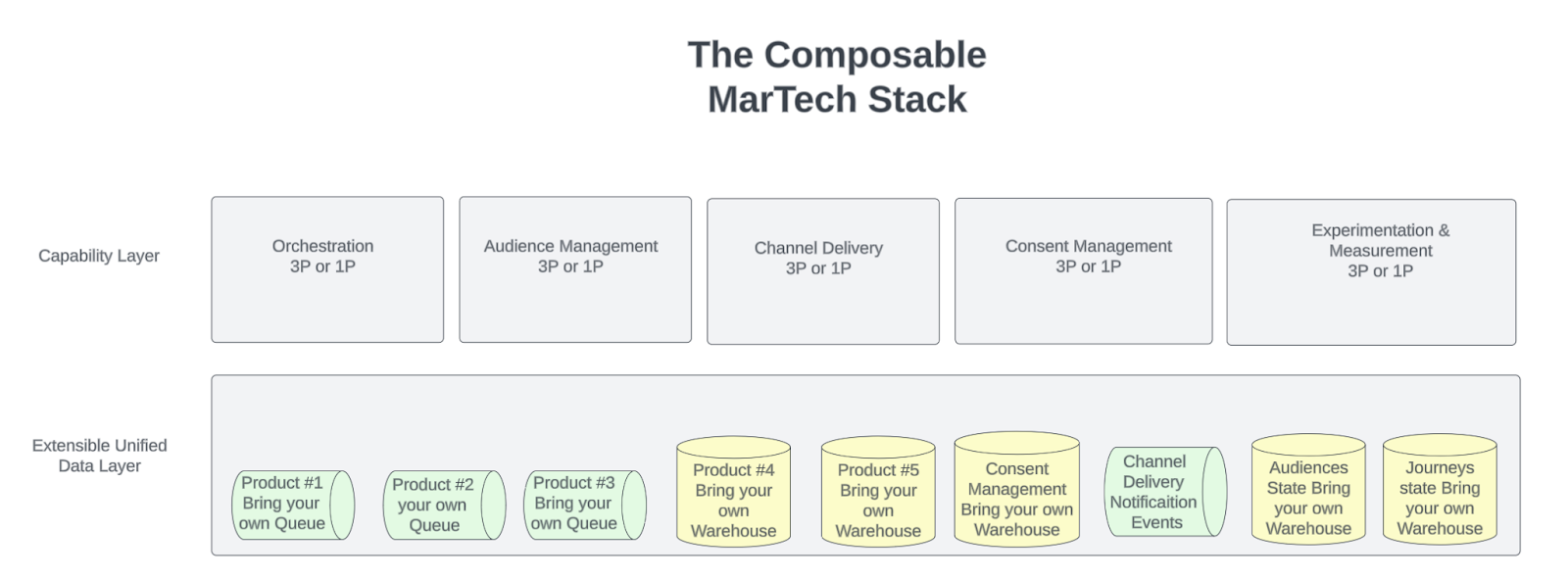Your MarTech Stack is Behind: How Can Enterprises Keep Up?
“Monolith” platforms are unable to keep pace with the broader martech capabilities, and marketers are beginning to demand a new system that can lead to deprecation and/or migration of the current platform.
Topics
What to Read Next
- Xumo Introduces Advanced Identity Solution
- Viant Launches Outcomes: Fully Autonomous Open Internet Ad Product
- StackAdapt Launches In-Platform NPI Targeting & Measurement Capabilities
- OpenX Launches OpenXBuild for Real-Time Advertising Control
- MediaRadar Unveils Data Cloud for AI-Ready Marketing Intelligence











































































































